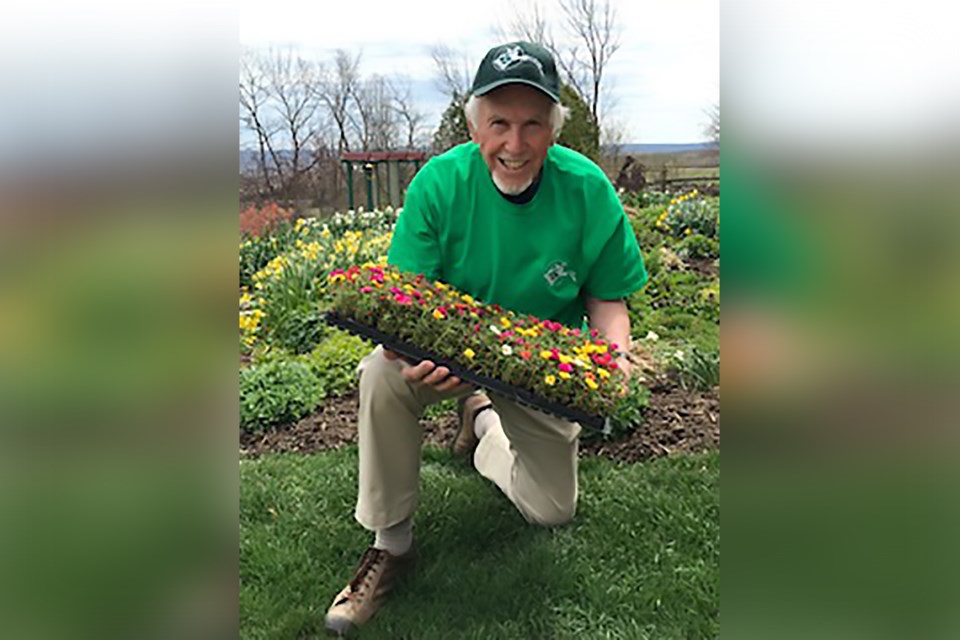Here is your list of gardening tips for September:
- Trim back perennials like daylilies and iris. My mother always cut the iris fans up one side and down the other into a nice V. But she was picky. Divide them as needed. Make sure it is a cool, cloudy day to divide and replant, or to pot up plants for your neighbours or fall plant exchanges.
- Fall is the ideal time to divide and plant iris, daylilies, peonies and many other perennials. Share extra plants with neighbours. Watch my YouTube video I prepared for our St. George’s plant sale on dividing and potting up plants.
- Buy and plant spring-flowering bulbs. Your efforts will be handsomely rewarded next spring. Check out Botanus online @ www.botanus.com. After our dry summer, add some water to the bottom of the hole, then some soil, then a little bonemeal fertilizer or special bulb food. Water well after planting to start root growth.
- Take a critical look at your garden. Then fill in any gaps that may have developed with new perennials, shrubs and/or evergreens. They will get a huge head start over plants planted next spring.
- Bring in house plants when the evenings start to cool down. First, give them a thorough spray with insecticidal soap so that there are no unwanted hitchhikers coming into your home.
- With cool nights and hoped-for fall rains, it’s the ideal time for lawn repair. Dig out weeds, add clean, weed-free topsoil and re-seed. Keep the planted area moist.
- Fertilize lawns with root-building fall fertilizer with a low first number (nitrogen) and high second and third numbers (phosphorus and potash).
- Don’t use the lawn fertilizer you have left over from the spring, probably with a high first number (nitrogen). Save it for early next spring.
- It’s been first, a dry summer, with more recently, lots of rain, but deep down it is probably still dry. Dig a little test hole, say 14”-16” deep. Check the moisture levels at that depth. If the bottom of the hole is dry, water your gardens weekly and deeply until frost. Buy and put a soaker end on your hose and put it in the middle of your relatively flat garden beds and let the water seep in.
John Hethrington has been gardening since the age of nine. He spent his early life gardening in Toronto and earned his certification as a master gardener before moving to Meaford where he cultivates 2.5 acres with 20 different gardens.



